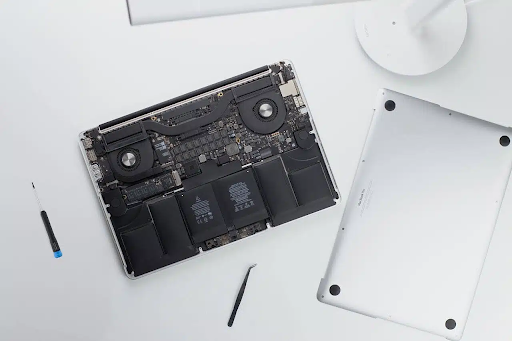
Being a flexible financial option with many advantages, a line of credit (LOC) offers businesses the liquidity they require to cover cash flow, take advantage of growth prospects, and deal with unforeseen expenditures. But if used unsuitably, it can also be a cause of financial pressure, in the opinion of Charles Spinelli. Strategic utilization of a line of credit demands discipline, planning, and a definite idea of its use. By using this tool judiciously, companies can improve their operations without sacrificing financial stability.
The Basics of a Line of Credit
Opting for a line of credit enables businesses to access credit up to a pre-set limit and pay it back over time, along with interest, which is charged only on the amount used. What makes a line of credit unique from a term loan is that the option allows revolving access to credit, making it a more desirable funding instrument to meet temporary financial needs such as seasonal fluctuations, payroll, inventory buying, or emergency repairs. Lines of credit can generally be offered in two categories: secured (collateral required) and unsecured (based on creditworthiness).
According to Charles Spinelli, businesses should evaluate their nature of cash flows, projected revenues, and ability to repay the loan before applying for LOC. This helps utilize a line of credit strategically without turning it into a financial burden.
Utilizing a Line of Credit for Short-Term Purposes Only
One of the main strategies in LOC utilization is reserving it for short-term use only. Utilizing it to raise funds for long-term investments like real estate, equipment, or large expansions will create cash flow issues, particularly if the payment terms are incompatible with the return on investment.
So, businesses, be it a startup, a small or medium one, should sensibly use LOC—like bridging revenue dry spells or financing urgent buys that can be paid back within a few weeks or months. By using the LOC as a cushion instead of relying on it as a key source of funding, companies can sidestep over-reliance on it while building their own financial backbone.
Monitoring and Managing Usage Carefully
To have control over a line of credit (LOC), enterprises must evaluate when and how much funding they will require. Using too much, or running a high balance on the LOC, can hurt credit scores and restrict chances to borrow in the future. This is why having internal controls in place is mandatory. This can be done by appointing a financial expert to monitor the LOC, setting departmental spending caps, and having regular monthly reviews. These measures provide accountability and ensure that every borrowed dollar goes into advancing a well-defined strategic goal.
Sustaining Good Relations with Lenders
Close lender relationships can make a big difference in access to good credit terms. Companies should be open by offering frequent financial reports, publishing performance metrics, and showing prudent utilization of the LOC. Such openness establishes trust and can result in higher credit limits or more lenient repayment terms when necessary.
A strategically handled line of credit can be a valuable financial instrument. When companies monitor their usage, align their borrowings with their cash flow, and keep lenders informed, they will be in a stronger financial position and mitigate risks.





